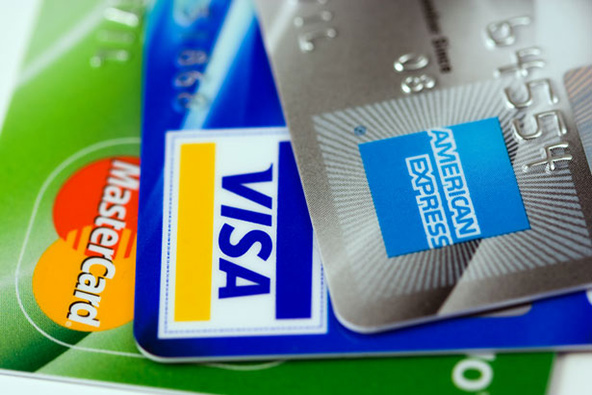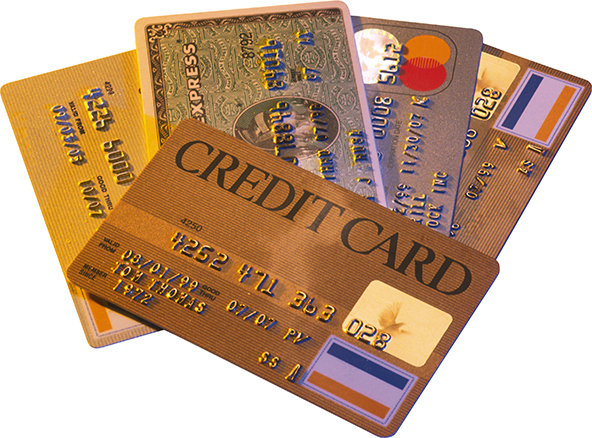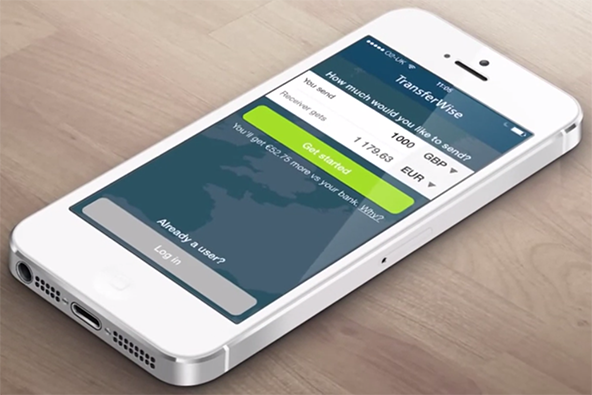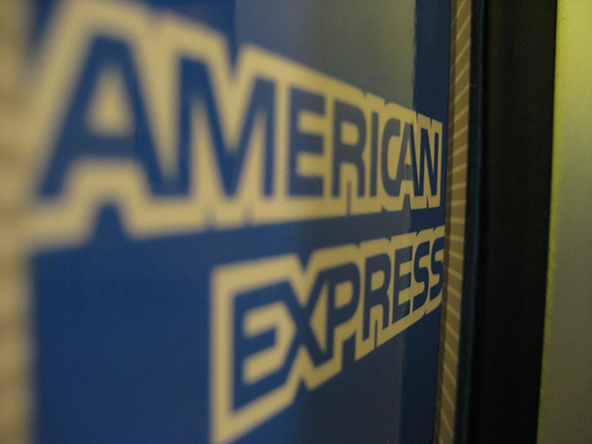Our Credit Cards Have Become Cheaper, or Have They?

Back in September of last year four economists published a paper, in which they claimed to have found that, by placing limits on credit card fees, the CARD Act of 2009 had reduced Americans’ overall borrowing costs by 2.8 percent of their average daily balances, which amounted to about $21 billion in annual savings. This morning I read that the paper has been revised and it now shows savings of 1.7 percent and $12.6 billion, respectively. That is quite a difference — it almost makes you wonder whether we shouldn’t expect further updates!
Still, as this is an important subject, I thought I should take a look at the researchers’ revised findings and see what I could make of them. Well, the vastly different headline figures aside, the authors’ conclusions have remained the same: the CARD Act has substantially reduced Americans’ cost of using credit cards without, crucially, leading to offsetting increases in interest rates or reductions in credit volumes.
But I wonder. For one, isn’t it quite possible that interest rates have remained low, because the Federal Funds Target Rate has been practically at zero since before the CARD Act took effect? For we know that the CARD Act has intensified a trend away from fixed interest rates on consumer credit cards and toward variable ones. As a result, the great majority of credit card offers now peddle products with variable interest rates, which are tied to the prime rate, which itself is loosely calculated using the following rule of thumb:
U.S. Prime Rate = (The Fed Funds Target Rate + 3).
So right now the prime rate is only at 3.25 percent or so (the Fed Funds rate is at 0 percent – 0.25 percent). However, once the Fed starts to raise its rate, as eventually it will do, the prime rate and the credit card variable interest rates will automatically be adjusted upwards. Therefore, holders of such cards can only expect their rates to increase in the future, as the Fed rate cannot possibly go any lower. That being the case, a reasonable question seems to be whether the real CARD Act costs haven’t merely been postponed.
Moreover, there is another major contributor to the issuers’ lower costs of borrowing: the lowest charge-off and delinquency rates in memory! And, even though it is less certain that these rates will rise than it is that the prime rate will increase (which is a virtual inevitability), this is still the overwhelming possibility. In any case, the point is that the issuers have been enjoying record-low borrowing costs for years, and this period has fully encompassed the CARD Act’s existence. But let’s take a look at the researchers’ revised findings.
Our Credit Cards Have Become Cheaper… Maybe
Here is the gist of the paper’s revised findings:
[W]e find that regulations to limit fees were highly effective. For borrowers with a FICO score below 660, over-limit fees dropped from an annualized 3.3 percent of average daily balances to virtually zero in February 2010, and late fees dropped 1.5 percentage points over the February 2010 and August 2010 implementation phases, leading to an overall decrease in total fees of 5.5 percentage points of average daily balances. Account holders with a FICO score above 660 had lower pre-CARD Act fees levels, and experienced qualitatively similar but smaller declines in fees, with a total drop over the implementation phases of 0.5 percentage points of average daily balances. Combined across the the low and high FICO score accounts, the CARD Act reduced overall fee costs by an annualized 1.7% of borrowing volume. Extrapolating this number to the total outstanding credit card volume of $744 billion in the first quarter of 2010 (FRBNY, 2013) yields annual cost savings for U.S. credit card users of $12.6 billion per year.
So, there you have it. But what about unintended consequences?
No Offsetting Fee Increases
That is what the researchers claim to have found:
We find little offsetting response in terms of pricing… [W]e show that there is not evidence of a sharp increase in interest charges during the CARD Act implementation period or a gradual increase over a longer time horizon. We also examine interest charges on new accounts, for which banks are less constrained in their ability to adjust contract terms, but find no evidence of an uptick or gradual increase in this sample. Our point estimate for the offset is approximately zero and we can rule out an offset of greater than 57% with 95% confidence. In addition, we find no evidence of an offsetting increase in other sources of credit card income (e.g., interchange fees) or a reduction in measures of costs (e.g., marketing expenses)…
[W]e find no effect of the CARD Act on the volume of credit as measured by credit limits, the number of new accounts opened, and average daily balances. These findings are consistent with the model which predicts no change in the volume of credit when the offset is zero. Taken together, we interpret the results as demonstrating that regulation of “hidden fees” can bring about a substantial reduction in borrowing costs without necessarily leading to an offsetting increase in interest charges or a reduction in access to credit. While the results do not speak to the persistence of these savings, even over a modest time horizon the estimated annual savings of $12.6 billion are quantitatively significant.
Let me just make a couple of points here. First, on the interchange front, of course the issuers could not raise them (actually, only Visa and MasterCard could do that, but never mind) to offset lost revenues elsewhere — the Durbin Amendment placed a new, and much lower, limit on debit interchange rates and raising the credit ones was politically simply out of the question. I don’t see how you could consider this to be any factor here.
Regarding the missing effects of the CARD Act on the available credit (the total credit limits), in the wake of Lehman’s collapse, these had plummeted as low as they could possibly go, because the issuers wouldn’t lend to anyone but consumers with excellent credit scores. So, yes, the CARD Act had no effect on their lending decisions, but what does that prove?
The Takeaway
Here is the paper’s revised conclusion:
Taken together, we interpret the results as demonstrating that regulation of “hidden fees” can bring about a substantial reduction in borrowing costs without necessarily leading to an offsetting increase in interest charges or a reduction in access to credit. While the results do not speak to the persistence of these savings, even over a modest time horizon the estimated annual savings of $12.6 billion are quantitatively significant.
Do you notice how the researchers have left a way out for themselves (“the results do not speak to the persistence of these savings”)? As well they should — having just reduced their “savings” estimate from $21 billion to $12.6 billion, they are bound to be careful. But then, what’s a few billion dollars among friends?
Image credit: Wikimedia Commons.


